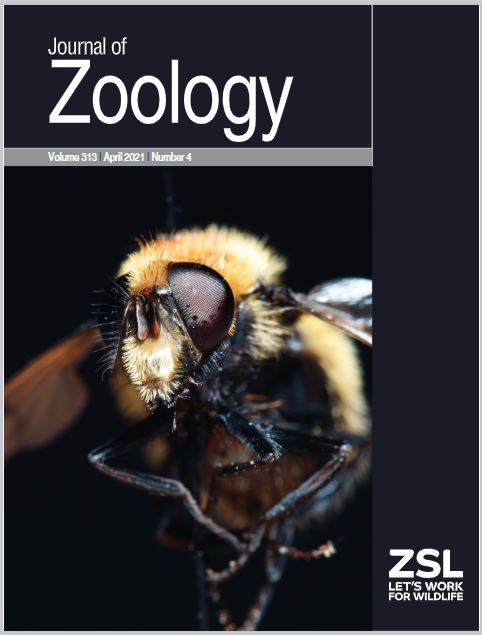The two day trip to reach Australia begins, and thus the start of the Buzz Buz expedition! I’m in Arlanda airport, near Stockholm and Uppsala, waiting for the first of three flights that will take me to Perth in Western Australia. Somehow it still feels a bit unreal to start the trip that has been planned for so long. We first conceived of the idea of a mobile lab to study buzz pollination about three years ago when we put a team together and wrote the Explorer grant for National Geographic. The plan was to do this in 2020, but we all know how travel plans changed unexpectedly for everybody. What would have been part of a four month visit to Eastern Australia, slowly evolved into the Buzz Bus expedition that is finally happening in late 2022.
Taking the lab to the field
The idea of a mobile lab to do ecological work that otherwise needs a lab setting was probably planted in my mind many years ago when I was a graduate student at Duke University in North Carolina. Back then, we had a visit by Carol Goodwillie from East Carolina University, who mentioned, over lunch, that she wanted to equip a van with a fluorescent microscope and drive around testing plants for self-incompatibility. Self-incompatibility is a cool and widespread genetic mechanism that some plants have evolved to avoid self-pollination and the costs of inbreeding. Pollination can be a messy process and is common that plants end up receiving some of their own pollen. Because most plants have both male and female sexual organs in the same individual, receiving self pollen can end up producing inbreed seeds that have the same father and mother. It is well known that inbreeding can have negative effects on the survival and reproduction of offspring (biological fitness), and since Darwin, evolutionary biologists have been fascinated with the diverse mechanisms that organisms have evolved to avoid mating with themselves. In plants, this insurance against inbreeding can involve a genetic mechanism in which the maternal tissue of a flower can detect pollen that shares the same genetic identity, and triggers a series of reactions that prevent these pollen grains from reaching the ovary and fertilising ovules, thus preventing self-fertilisation. Carol’s idea was to use ultraviolet light to visualise the pollen tubes of flowers that had been manually self-pollinated. In some kinds of self-incompatibility, when a plant triggers the self-incompatibility reaction, the pollen tubes are blocked by plugs of a substance called callose, which fluoresces bright white under the right conditions. Her mobile lab would then allow her to test, on the go, plants for which we still didn’t know their self-incompatible status. The idea of taking the lab to the field stuck with me, and many years later I thought that this would be a neat way to study bee vibrations. When is not possible to take the organisms to the lab for studying, then we must take the lab to the field.

